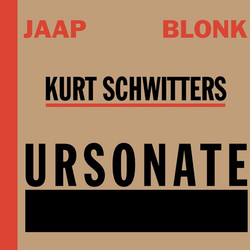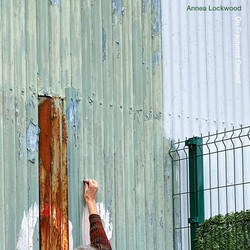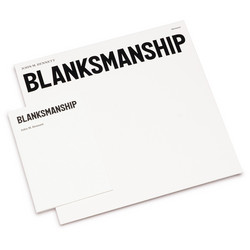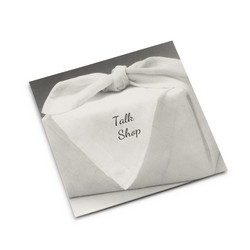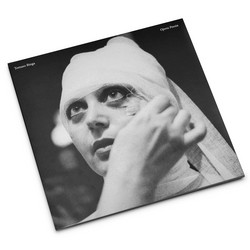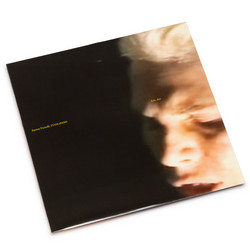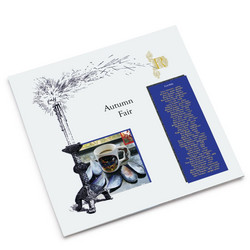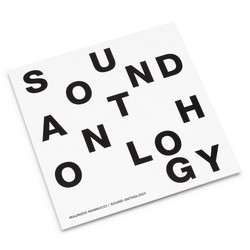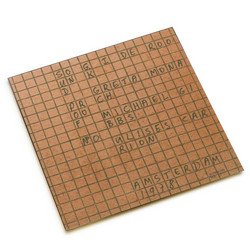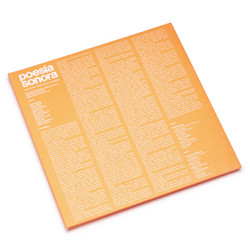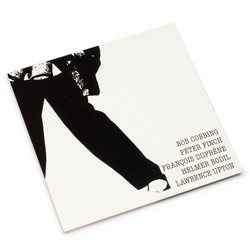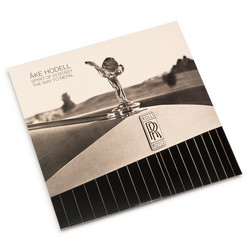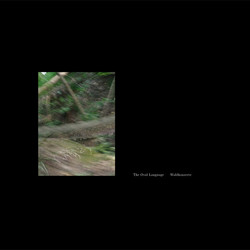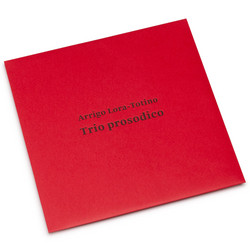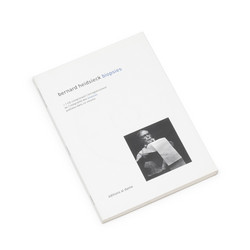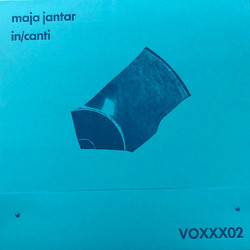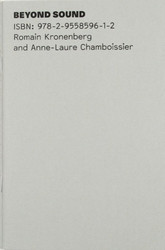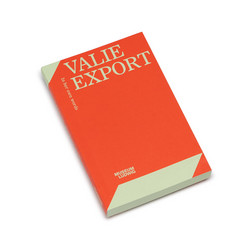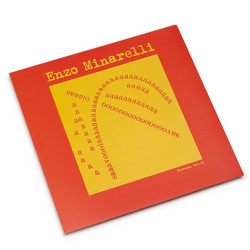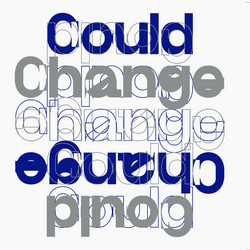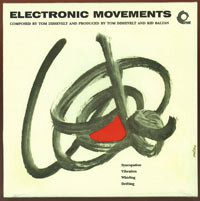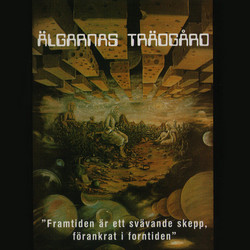Marc Matter, Andreas Bülhoff
ɅV – A Sound Writing Tool (LP)
ɅV (phonetic transcription for ‹of› or ‹off›) is a vinyl record consisting of spoken words, which can be used as a DJ-tool to compose artifical dialogues. It makes use of 32 monosyllabic words on each side recited by two synthetic voices which were collected from the website of the New York Times and the Politically Incorrect subforum of the messageboard 4chan, thus mirroring two opposing extremes of current online debate in the materiality of an LP. Mixing two copies of this record in a DJ-setup is recommended to generate unpredictable connections of meaning. To multiply the possibilities of meaning, this record contains ambiguous and homophonic words only, arranged in lists, text planes, rhythmic compositions and four locked-grooves on each side.
ɅV is at the same time a post-digital take on sound poetry as it is fueled by the current landscape of online debates and their ideologies. In its combinatorial filter bubble, looped words become a writing method that may produce fragmentary narratives or arbitrary mantras. This release is part of the collective curatorial practice of Research & Waves, activating the record in performances, workshops and lectures that will be documented at researchandwaves.net. The artwork, designed by Jan Klöthe, features all words in phonetic transcription as well as graphic scores of the 10 tracks. Andreas Bülhoff (sync zine, Library of Artistic Print on Demand) and Marc Matter (Institut für Feinmotorik, The Durian Brothers, Salon des Amateurs) first met for a collaborative sound poetry performance at Poesiefstival Berlin in 2018, resulting in an ongoing artistic resarch of which ɅV is its latest manifestation.
